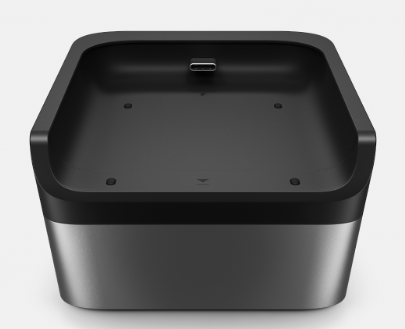

One part experience and the other part collectible. One idea is to make limited-edition items only available in the Metaverse. People love to create collections of things and your business can take part. “We have seen early movers offer immersive experiences to their users such as a Lil Nas X concert in Roblox, the Gucci Garden experience visits, and the virtual rendition of the Washington Heights neighborhood as part of Warner Bros.’ promotion of In the Heights.” Creating a more engaging brand is key for the metaverse advertising experience. Of course, you can consider virtual billboards, but you can also use that as a touchpoint for an interactive experience. As an example, the beer brand Stella Artois is known to sponsor horse races so they partnered with Zed Run to create a platform where the user can trade, race, and breed NFT virtual horses. Simply expand what you’re already doing in the real world to the metaverse. Millennials and Gen Zers currently use games like Roblox and virtual reality technology making them the expected users although that may change over time.īelow are some ideas Influencer laid out explaining what some brands are currently doing. The first thing to recognize is which target markets are expected to use the metaverse. Knowing and understanding what the Metaverse is and what it’s capable of will give digital marketers a leg up. Per the Influencer Marketing Hub, a few of the Key Characteristics of Metaverses, outlined by Matthew Ball, are that they are always active, exist in real-time, players have individual agency, they are self-contained and fully functioning universes, a mix of different platforms, and they have user-generated content (UGC). Their purpose is to combine the virtual with reality. These spaces are open-ended and expand as users join. The easiest description of the metaverse is that it’s a virtual shared space where people are represented through virtual avatars. Have you started thinking about marketing for the metaverse? It’s not as far away as it seems. That’s why the platform has created a card Reader that integrates in-person sales with your online account, so that you can “get a detailed snapshot of the entire business.” #Shopif圜hipAndSwipe Shopify knows that while online sales are booming, a lot of merchants are selling through multiple channels, both online and in person.

While Shopify acknowledges the “widely-held myth that retail is dead,” they also want to support “Smart retailers” who “have recognized that the old way of selling no longer works, and have evolved to respond to customer shopping habits.” Helping crossover The Reader also uses “industry-leading encryption” and “EMV chip technology” to keep transactions secure.

The Reader is wirelessly connected and “pocket-sized” with many hours of battery life, meaning you can take it anywhere. The Chip & Swipe Reader is perfect for merchants, whether you have a brick-and-mortar store, a pop-up shop, or sell at festivals or farmers’ markets. If you already received one of the Readers they put out earlier this year, you can order the upgraded version for $29. If you’re new to Shopify, you can get the Reader for free.
#Shopify chip and swipe reader use software
The Chip & Swipe Reader was designed in-house, because, according to their blog, “People who are really serious about software should make their own hardware.” If you’re already using the platform to manage your online sales, you can now use Shopify’s Chip & Swipe Reader to handle credit card transaction in person. Read also: Concierge takes the hassle out of Shopify email marketing


 0 kommentar(er)
0 kommentar(er)
